MMA
Categories
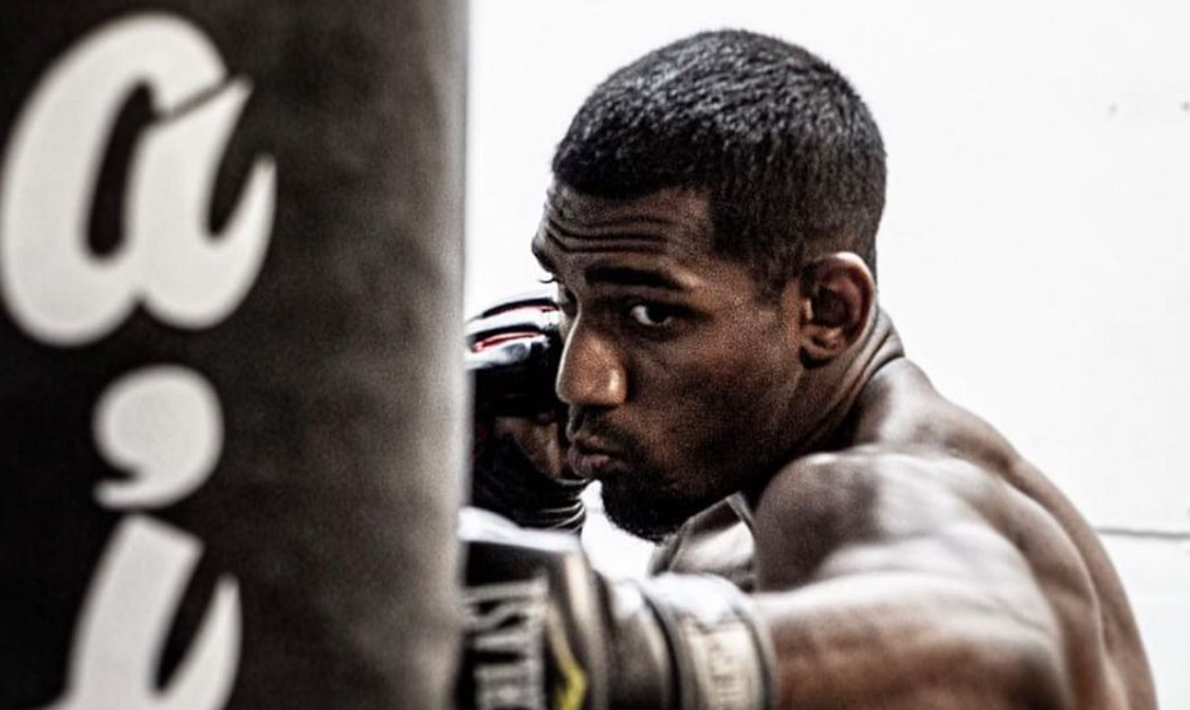
Conditioning is absolutely vital for any involved in combat sports. Whether you’re playing high school hockey or training to become a professional MMA fighter, conditioning needs to be the backbone of your game if you ever plan to have the endurance to be a serious athlete and competitor.
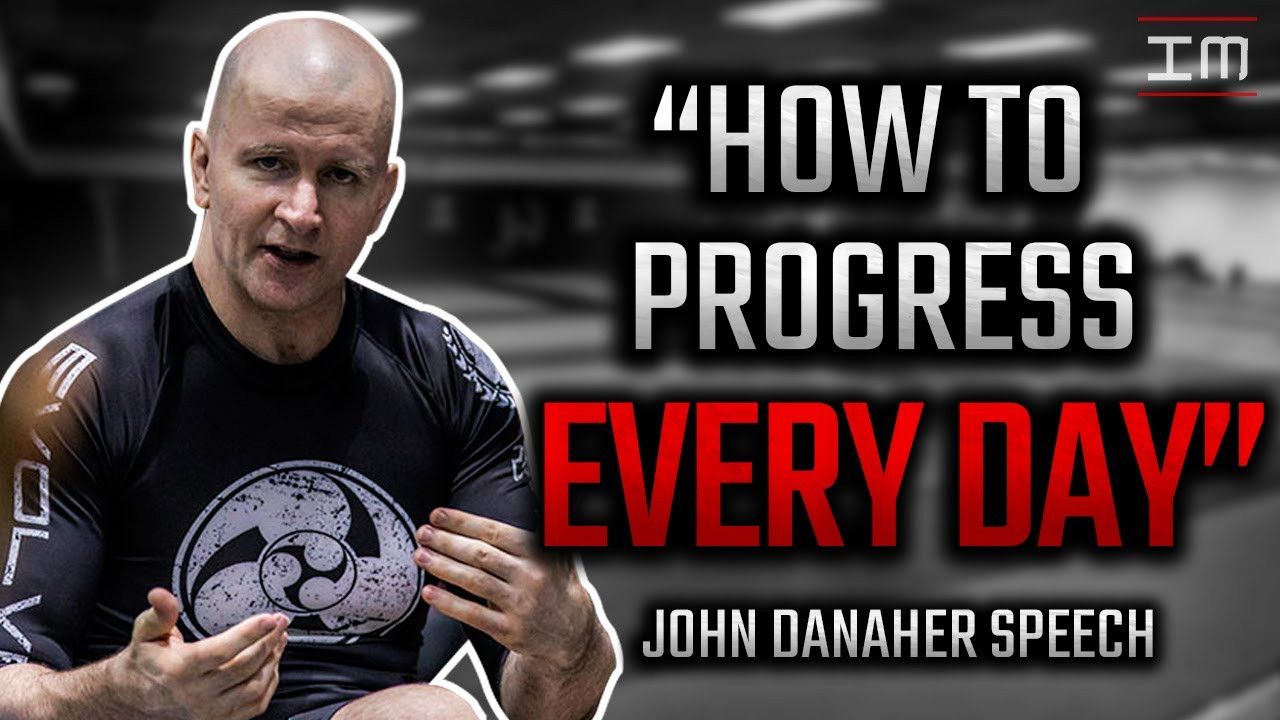
Learning a skill takes time. To become a world-class musician, you need to dedicate hours to running scales and improving your finger dexterity. To become fluent in another language, you need to really live in a culture where the language is spoken for months or even years. In Japan, even the art of making buckwheat soba noodles requires years of practice before one can consider themselves an expert.
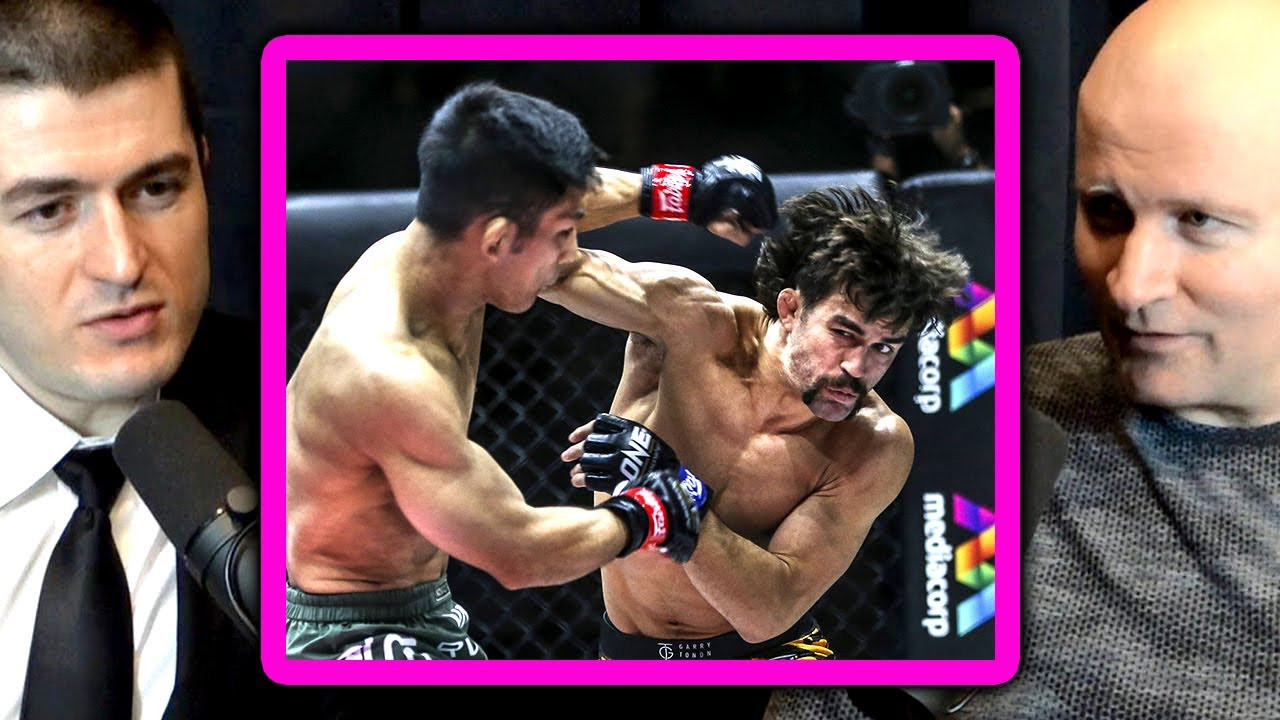
Self-defense is the most common reason that people learn martial arts. While there are other benefits, like getting in shape, increasing flexibility, losing weight, and building confidence, the majority of people who walk through the doors of a martial arts gym for the first time are there to learn how to better defend themselves. For those who are just beginning to learn about martial arts, one question that repeatedly comes up is: Which martial art is the best in a real-world altercation?
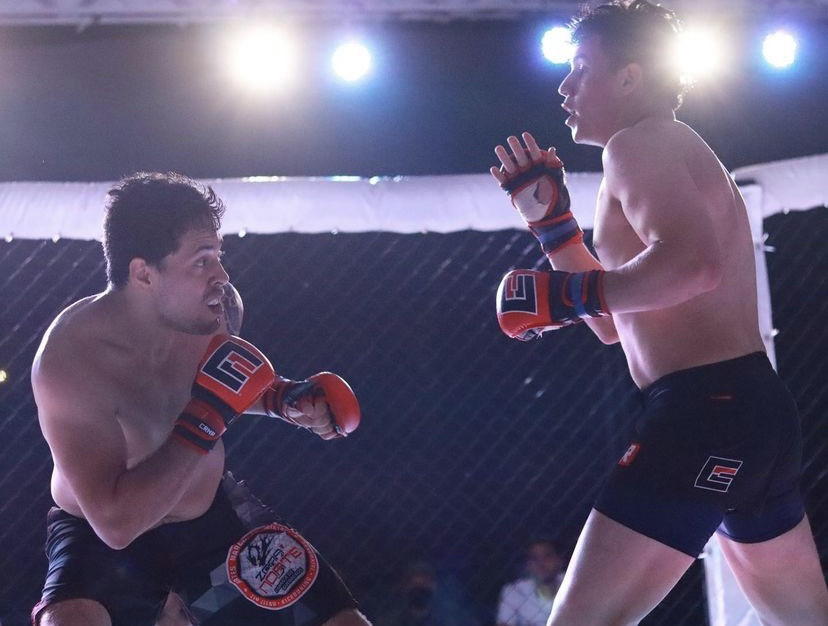
Mixed Martial Arts (MMA) is a combat sport that has gained widespread popularity in recent years. MMA involves the use of various techniques and disciplines, such as boxing, wrestling, Brazilian Jiu-Jitsu, and Muay Thai. While MMA is often associated with violent and aggressive behavior, it offers a range of physical and mental benefits that can positively impact a person's overall health and wellbeing.
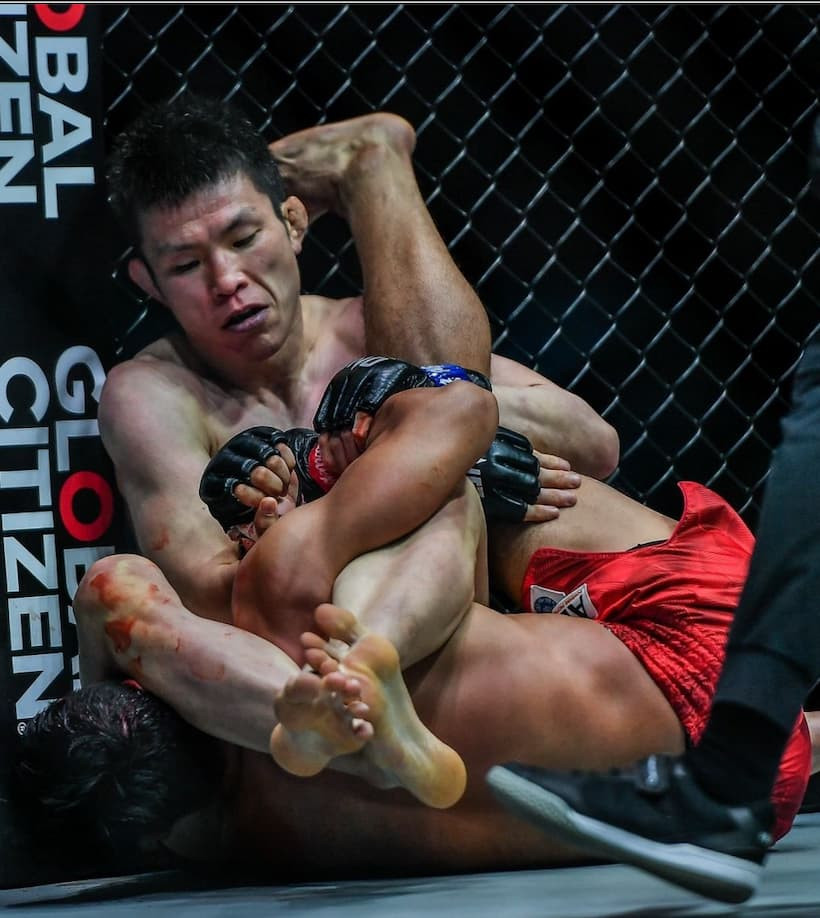
Grappling is not the most glamorous form of combat. When you imagine the hero in an action movie fighting the villain’s top henchman, they’re usually landing uppercuts and roundhouse kicks or throwing each other through walls and windows. These fights also tend to end with a picturesque right hook.
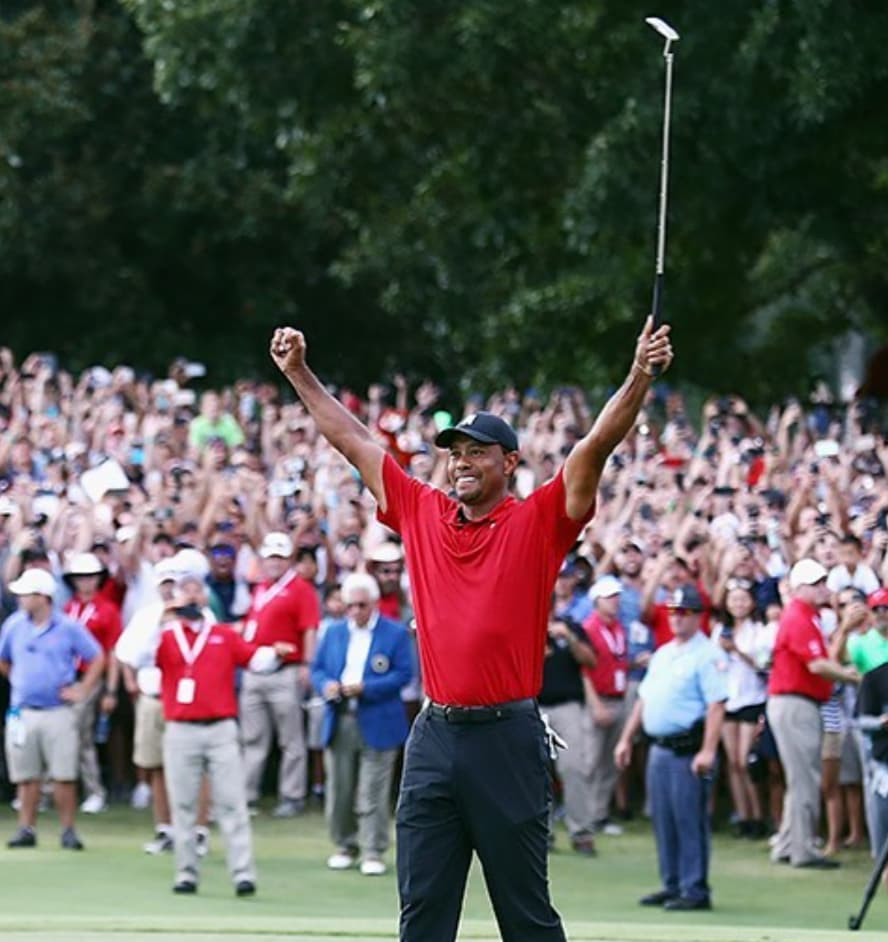
Mastery takes time. Whether you’re learning how to cook, how to play an instrument, or how to defend yourself with jiu-jitsu, you need to put in the hours if you want to become an expert. This is because learning a new skill that requires activity of both body and mind requires at least three types of knowledge. The Ancient Greeks specified them as episteme (theoretical knowledge), praxis (practical knowledge), and phronesis (practical wisdom).
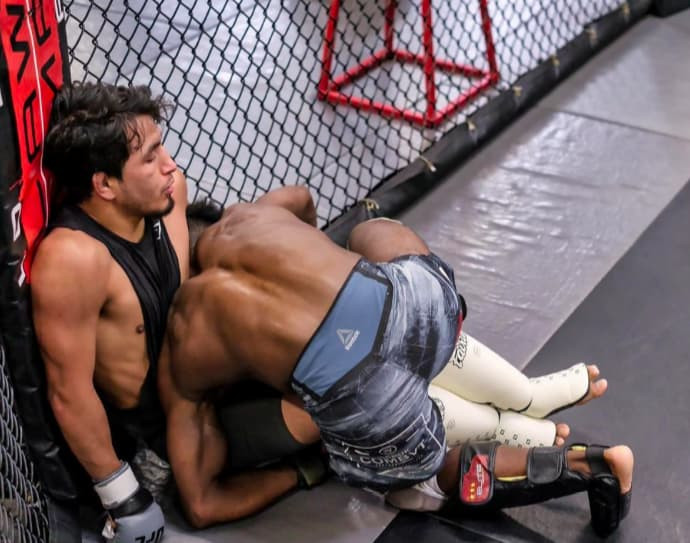
When people start learning jiu-jitsu, they tend to be the most interested in submissions. After all, the easiest way to defend yourself is to quickly neutralize your opponent by putting them into a hold that ends the fight. In some cases, fighters are interested in getting an opponent to tap not only to end a fight, but to demonstrate dominance.

When you begin training jiu-jitsu or any mixed martial arts, you will get sore. It doesn’t matter if you’re coming to class just to learn the basics of self-defense or planning to become a professional fighter. The good news is that conditioning creates results, and you will undoubtedly notice that you have more strength and endurance. What you may not notice is that conditioning can make you less susceptible to injury.
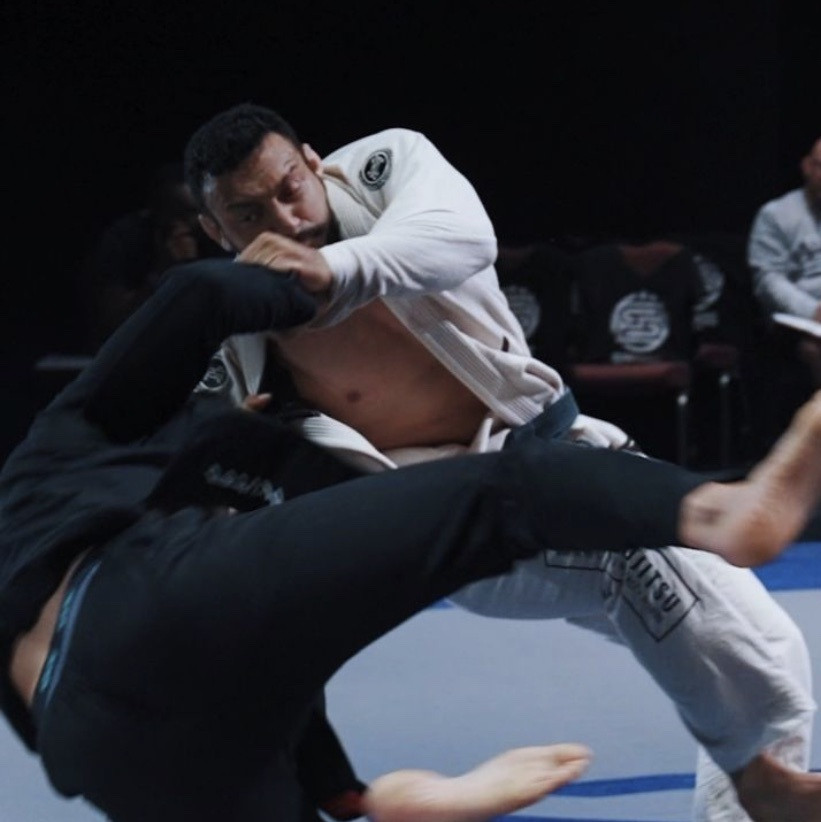
Takedown moves are crucial in a fight scenario. On the one hand, taking the fight to the ground reduces the amount of damage that strikes can do. It by no mean eliminates the threat of strikes, but a person who is standing can generate a lot more power in a punch or a kick than a person who is on the ground.
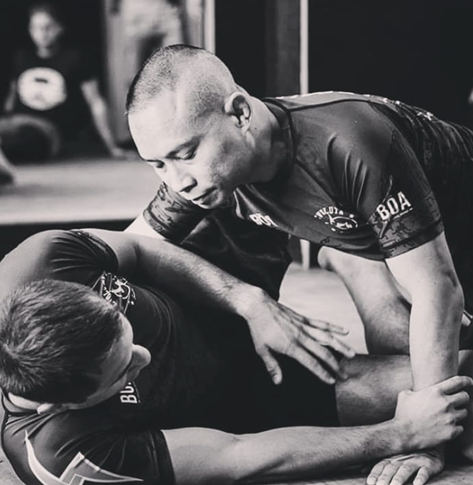
Training is integral to becoming good at jiu-jitsu. It’s the same as learning a language, an instrument, or any technical skill, and it doesn’t matter if your ultimate goal is to have the skills to win a street fight or to dominate in a mixed-martial arts tournament. Learning jiu-jitsu takes time, effort, and repetition. There are no shortcuts to mastery.
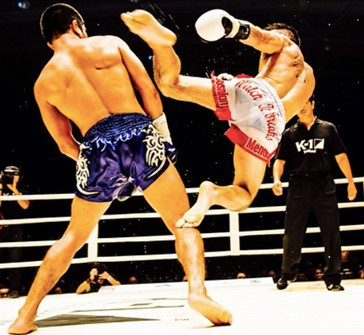
Within the world of mixed martial arts, most fighters and commentors agree that jiu-jitsu is the best ground fighting technique, especially in a street fight. If you have a solid background in jiu-jitsu, and your opponent does not, they are going to struggle to control the pace of the fight or mount an effective attack if the fight goes to the ground.
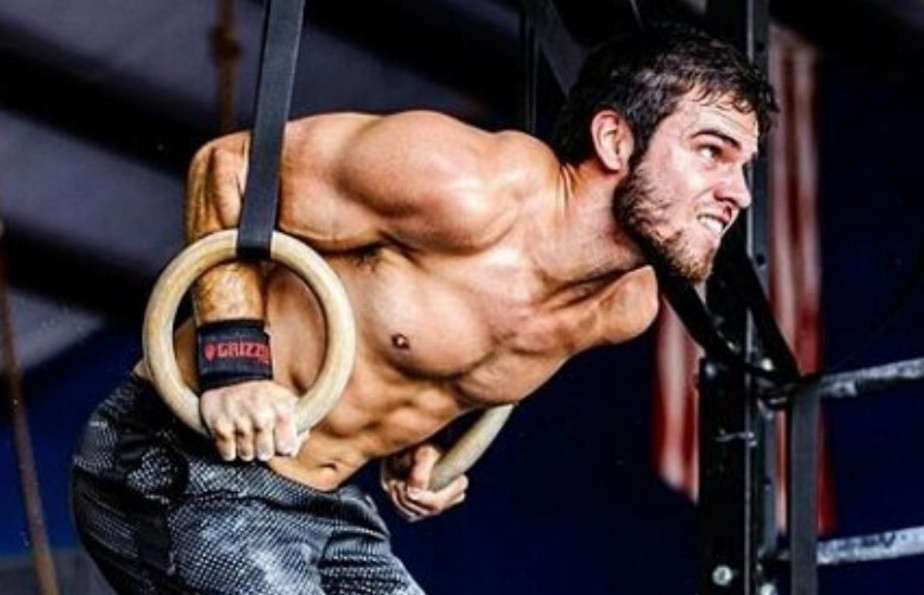
At its core, jiu-jitsu is about efficiency in technique and energy conservation. Rather than trying to simply overpower an opponent, jiu-jitsu fighters typically use as little energy as possible and only strike when they know they can subdue their opponent. In some cases, having the patience to make a move can be a test in endurance as one methodically erodes an opponent’s stamina and waits for them to make a mistake. For people who do not have the advantage of size or strength, jiu-jitsu gives them the tools to level the playing field.
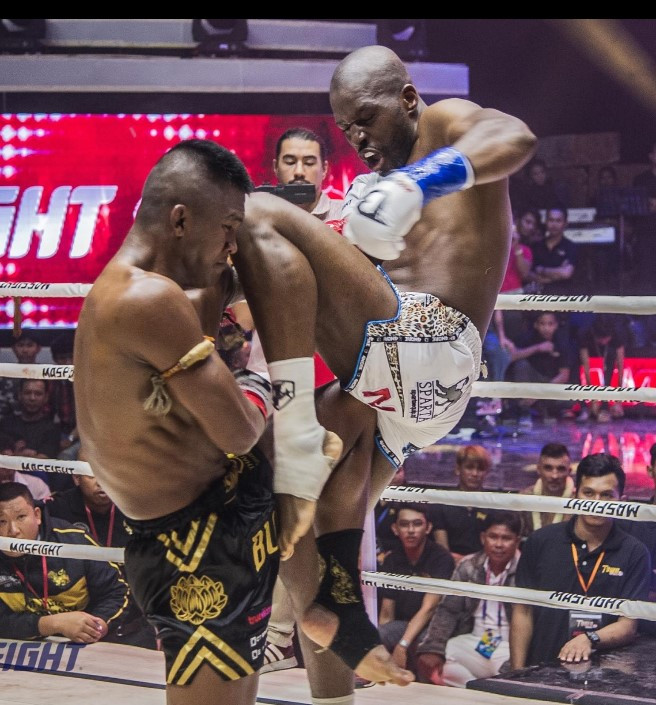
Within the world of mixed martial arts, most fighters and commentors agree that jiu-jitsu is the best ground fighting technique, especially in a street fight. If you have a solid background in jiu-jitsu, and your opponent does not, they are going to struggle to control the pace of the fight or mount an effective attack if the fight goes to the ground.
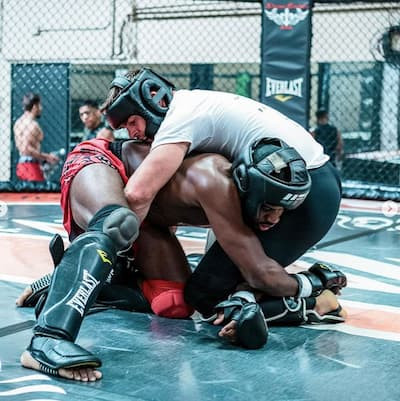
Not everyone comes to jiu-jitsu class simply to defend themselves or to get in shape. Many people hope to train to become a world-class fighter who can compete professionally. In some cases, this may involve training for sport jiu-jitsu tournaments. In other cases, fighters may want to focus on learning jiu-jitsu to become better mixed martial arts (or MMA) fighters.
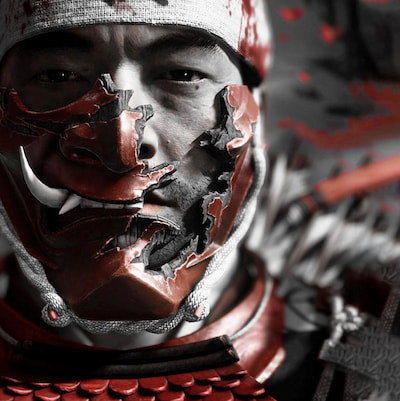
As you develop as a jiu-jitsu fighter, you will likely begin to look at the world in a slightly different way. Particularly for students who are new to martial arts, the study of jiu-jitsu may lead to a greater interest in exploring not only the techniques of the discipline, but also the philosophy that undergirds it.
